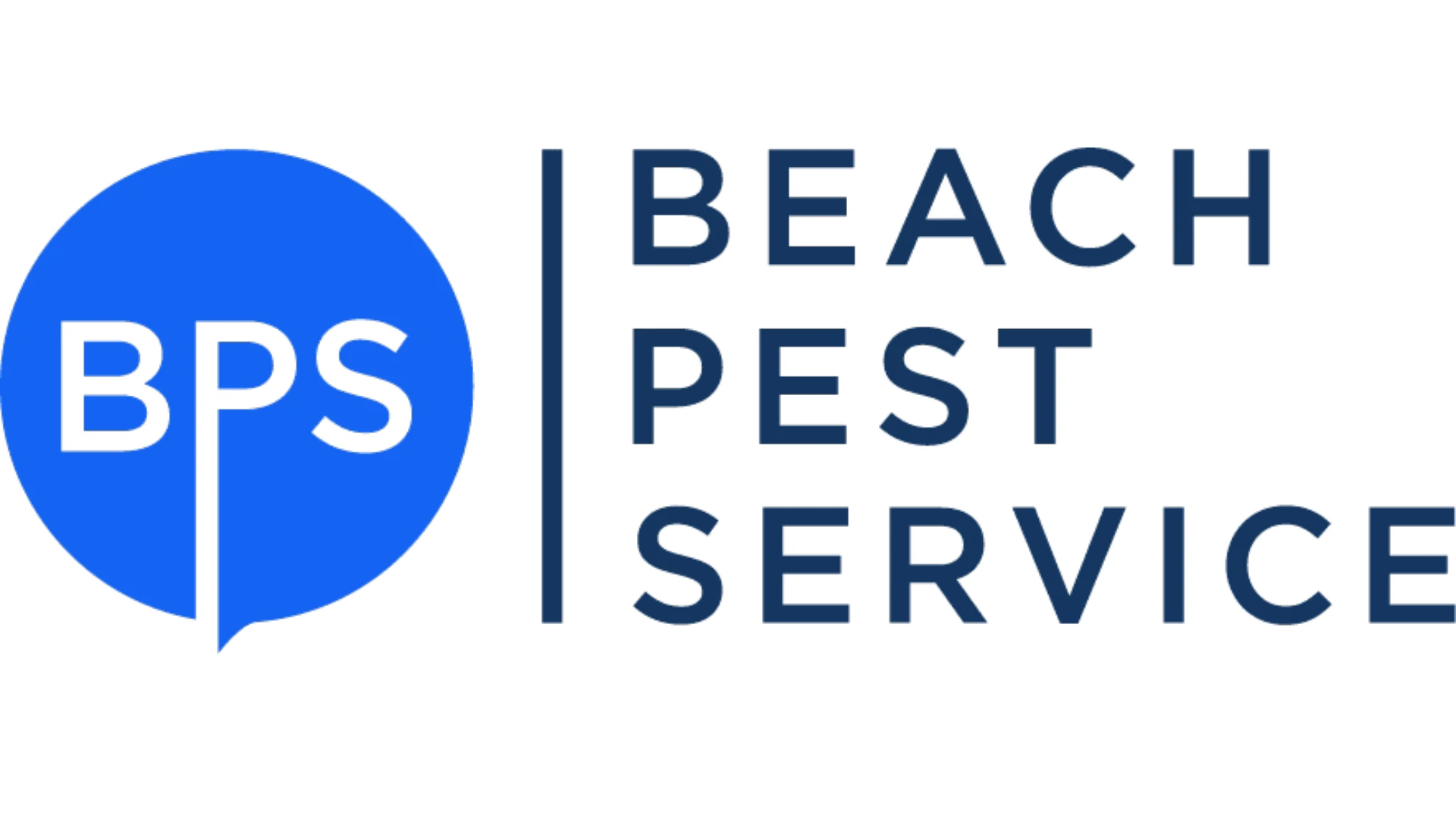Integrated Pest Management has a variety of definitions, but it can all be boiled down to common sense by the customer, observation by the technician and communication between the two.
Because much of IPM is the responsibility of the client, with exclusion and sanitation as the most important, “IPM correctly done involves a lot of client cooperation,” said Mark Sheperdigian, vice president of technical services, Rose Pest Solutions, Troy, Mich.
In a presentation at NPMA’s PestWorld 2008, Sheperdigian discussed client communication, with one aspect of the presentation focused on client cooperation. The words exchanged between the technician and client in an area where food safety is at stake are especially important because client cooperation is typically less than optimal, he said. This is not because they don’t want to cooperate, but because they don’t know how, lack the resources, didn’t understand the recommendations, or thought they had already cooperated.
To help clients understand what to do and how to do it, Sheperdigian recommends:
Topping Pests. Preventive methods to keep pests from entering the environment surrounding a building or other structure are a first step in an integrated program, Sheperdigian said. Observation is key with this method, as removing reservoirs and objects that attract pests may prove futile if every area is not addressed.
“Reservoir reduction is simply finding those reservoirs, those aspects of the external environment that provide you with lots and lots of pests,” he said.
Standing water is one of the main culprits of pest attraction. Although installing an expensive ULV system may reduce the number of insects, the best way to stop them from even coming close to a building is to simply dry up the dank pool.
In addition, lighting can play a large role in the number of pests that could potentially enter the structure. Lighting that is poorly set on the building so that it’s dragging in insects from miles around should be changed to attract fewer pests, Sheperdigian said.
“If you’ll do that first, the rest of the program becomes a lot easier,” he said.
Technicians should also inform the client about why building doors and windows should be kept shut. Sealing the structure is an easy way of keeping pests from coming into the establishment in the first place.
Internal Controls. Once the outdoor prevention methods are in place, keeping the inside unattractive to pests is a matter of addressing cleanliness, Sheperdigian said.
“Sanitation is pretty easy to understand,” he said. “Sanitation is cleaning up. It’s done with a bucket and a mop and it works on a number of pests.”
Technicians need to be observant about where sanitation is needed. Assessing where sanitizers and cleaning supplies should be used can make a client more aware of his or her surroundings as well, he said.
Another suggestion that could be useful in preventing unwanted visitors from invading is harborage reduction. This method is simply making customers aware of the way stock is stored. For mice, product should be stored off the floor. But, this may not be as effective with other pests or insects.
“Each different pest—and you have to do this for each target pest—brings with it its own constellations and methods you might use,” Sheperdigian said.
Other tactics such as using snap traps and installing screens can not only keep pests from coming into the area, they can also ease the effort of physically removing them. Helping the customer decide what’s best, however, is the most fundamental part of making an integrated pest management system work.
Key Words. The communicative process between a technician and a client can be difficult if the technician cannot send the right message through his recommendations or the customer does not follow through. The recommendations need to be both clear and practical, Sheperdigian said.
“We want to make sure that what we write on there helps our clients to get these things done,” he said. “If it’s a clear, practical thing to do, we will find that the clients are more likely to comply.”
When writing a recommendation, the ability to be as specific as possible is necessary. For example, if a technician approaches the customer about a dirty kitchen, he needs to tell the client what areas in the kitchen need to be sanitized and also describe how dirty the area is without insulting the customer, Sheperdigian said.
“What if you wrote this, ‘Build up of debris and food scrap under sink is breeding flies. Removing this material will help a lot.’ It’s not threatening,” he said.
“It doesn’t tell them they have a dirty kitchen. It just states the facts.”
A second part to the communicative process is actually showing the client the area that needs attention. This can be difficult if recommendations are sent to vice presidents of operations and other executives that live away from the site. But if the health department is called in and an executive visits the establishment, the technician will generally be commended and even free of blame if he was being clear and concise, he said.
“What we write on our reports can promote client cooperation, helping the client to help us,” Sheperdigian said.
The author is a freelance writer who was formerly an editorial intern for PCT magazine. She can be reached at stoth@giemedia.com.

Explore the October 2009 Issue
Check out more from this issue and find your next story to read.
Latest from Pest Control Technology
- Understanding Rodents and Bird Flu
- Green Pest Solutions Awards Safest Driver New 2025 Ford F150
- UF/IFAS Sheds Light on Tiny Invaders During Termite Awareness Week
- Registration Open for Lawn & Landscape Technology Conference
- Fleetio Launches Automotive Service Excellence Scholarship
- WorkWave Appoints John Phelan as CTO
- PMPs Use Capitol Hill Visits to Push for Preemption
- 20 Trapping Tips





